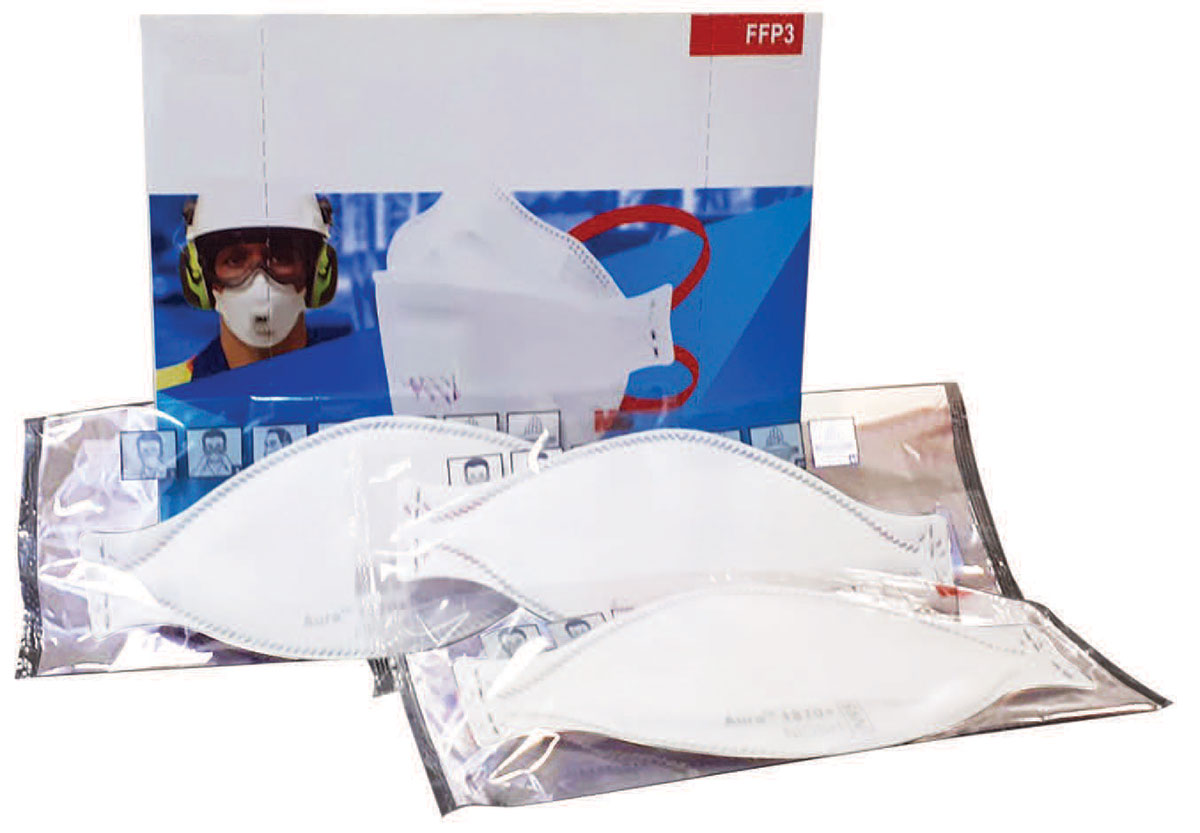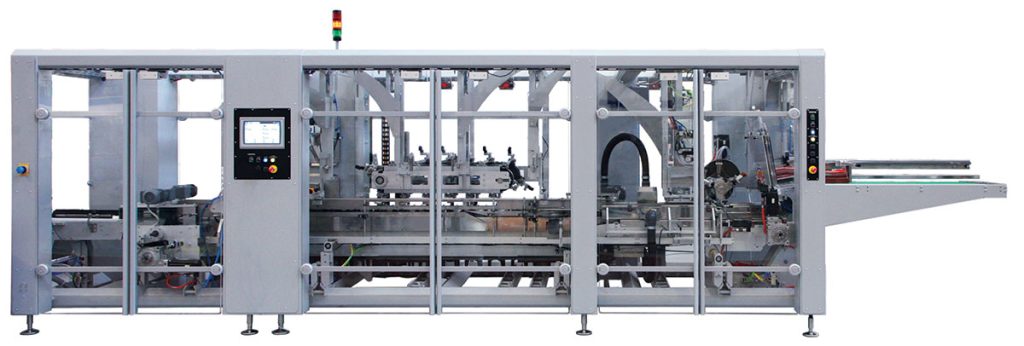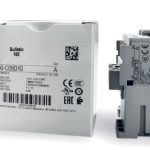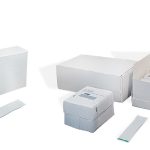
Cama Group CL 179 side-load cartoning machine ticks all the boxes for customer’s immediate
needs and will seamlessly adapt to match future throughput requirements
A recent plant-upgrade project for one of Cama’s UK customers couldn’t have come at a more important time. The customer, a major science and technology company that supplies a multitude of market-leading products to both industry and consumers, needed to replace a 20-year-old packaging machine in order to significantly boost its line’s throughput. “The incumbent machine, which is used to package face masks, was creating a bottleneck in the production line,” explains Mark Brooker, Director of Cama UK. “Our customer needed to take its packaging throughput up to 400 product per minute, from its current level of 300. Even though the on-site engineers were highly capable and had already overseen multiple machine enhancement projects on other elements of the line, this two-decade old machine really had maxed out its potential and needed to be replaced.” Regarding the replacement technology, Cama was not only up against the incumbent machine’s supplier, but also other OEMs in the secondary packaging market. “As it turns out, the engineers on site really liked our proposal,” Brooker elaborates, “and they realised that our CL179 machine would not only fit the physical space, but would also blend and integrate very well with the existing technology – in terms of both its hardware and software. We were also able to offer a wider variety of option and could deliver multiple proof points of these machines in action in similar applications around the globe.”

Proven solution
The Cama CL179 side load cartoning machine is ideally suited for non-woven products like face masks, where it is already successfully servicing customers. It handles soft-compressible materials typically used in feminine hygiene products, as well as cosmetic and baby wipes. The company’s CL series of horizontal cartoning machines has been developed and continuously refined to deliver high-performance and reliable solutions for side-loading applications. These cartoning machines, which utilize state-of-the-art automation technology, can be seamlessly integrated into complete production lines across both food and non-food sectors.
The CL179 variant is an electronic intermittent-continuous motion cartoning machine designed for packaging flow-wraps, pouches, bags, thermoformed trays, blisters, and jars. This machine operates by loading and closing (using either hot-melt or tuck-in methods) two or more cartons per machine cycle through its intermittent-continuous motion. It can be equipped with various loading mechanisms tailored to the specific characteristics of the product and production requirements.
In this application, the machine utilizes a high-speed, pocket-based in-feed system where products are either fed as single items or in pairs, depending on the product type. Each product is gently compressed individually before being grouped into the packaging counts and compressed again prior to insertion into cartons, typically in boxes of 20 or 40. Transitioning from single valve-equipped masks to double arrays of basic non-valve masks is accomplished in just a few minutes.
Seamless integration
“In this particular case, the machine’s suitability extended beyond its operational performance; it was also chosen for its ability to integrate tightly with the existing production line. This integration is not only physical and mechanical but also electronic, facilitated by its Rockwell Automation control platform,” Brooker adds. “The main collaboration involved aligning and integrating the I/O with our engineers and those of the customer.”
“The machine is specifically tailored to this application, featuring a leaflet insertion and verification solution, which is quite unique for these types of machines,” Brooker concludes. “It also offers built-in flexibility to accommodate future performance enhancements, particularly in terms of throughput. As a result, the packaging stage is no longer a bottleneck in the production line. The customer is now looking to upgrade other elements of the line with the confidence that the packaging machine can handle any future increases in throughput.”






